Why Is My Dryer Not Getting Hot? 10 Likely Reasons
-
Chris Dinesen Rogers
- Last updated:
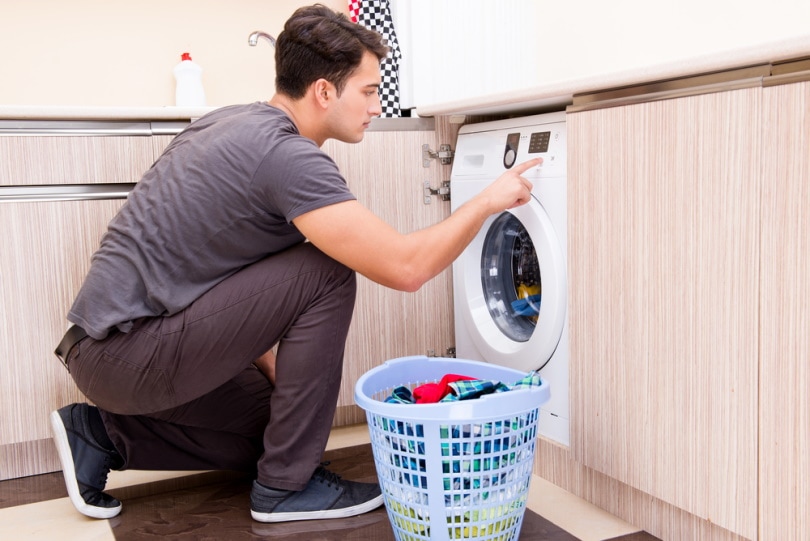
Inevitably, things go wrong on the weekend or when you’re in a hurry. Major appliances like clothes dryers are better products today than they were in the past, with several types available. It’s also comforting to know you can plan on 10–13 years1 with most models. The same applies to your dryer. Sometimes, they just stop working, meaning you’ll have to get a replacement.
However, several easy solutions exist if your clothes aren’t getting dry enough. Our guide will cover the no-brainers that you should check. Then, we’ll move on to the repairs, which, of course, are more involved and costly.
The 10 Reasons Your Dryer May Not Be Getting Hot
1. Wrong Setting
Dryers typically have several settings from which to choose. Popular choices cover fabric types and temperature settings. Many also include fluff, which you’d use on comforters and similar materials. You should first check whether you’ve selected the right setting for what you want to dry. A low or delicate choice might not work for a heavy blanket. The same thing applies to the temperature.
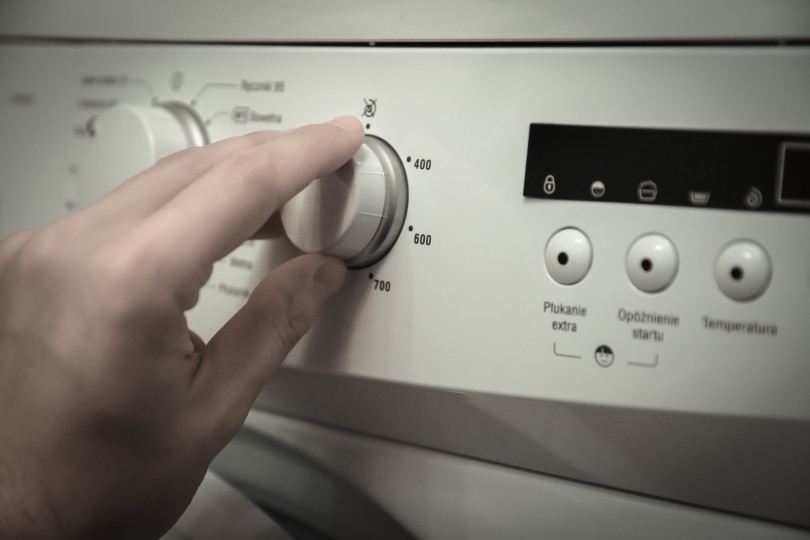
2. Short Cycle
Some dryers have timed cycles. Your clothes might not be getting dry enough simply because you’re not giving the machine enough time to do its job. We suggest checking the timing. After using your dryer for a while, you’ll get a handle on how long it takes for the things to dry. Then, you can adjust the settings as necessary to ensure you have dry towels.
Remember that an eco-friendly drying mode may take more time because it uses less juice. If the length is unacceptable, consider running the dryer on normal instead.
3. Not Enough Spin
Sometimes, the problem isn’t the dryer at all but the washer. It may not be spinning long or vigorous enough to get as much moisture out of your wash. That’s wasting energy and money if you’re putting soaking wet clothes in your dryer. If you can choose the setting of the spin cycle, try kicking it up a notch to see if it works better for you.
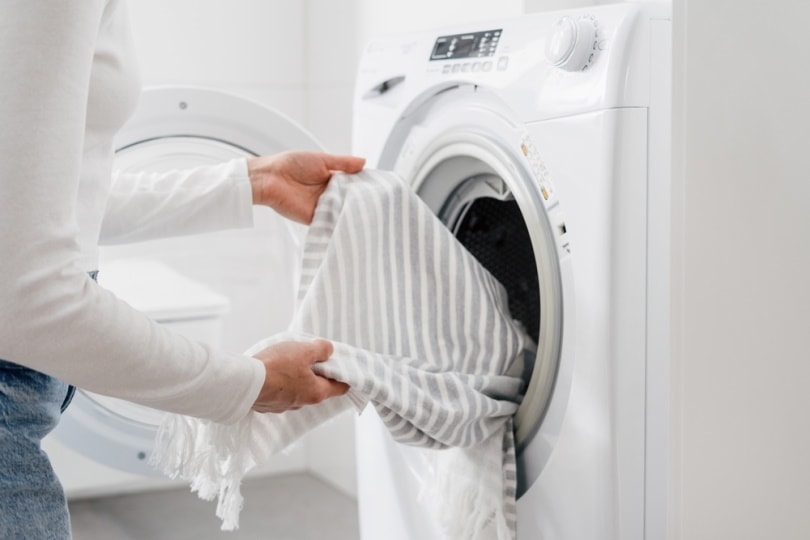
4. Mixed Loads
Undoubtedly, you know to separate your laundry by color so you can adjust your washer settings accordingly. We also suggest paying attention to the weight of the things you’re drying. Dense materials will take longer than thin fabrics. You may find that separating your loads by weight before putting them in the dryer will allow your appliance to work more efficiently.
5. Dirty Lint Screen
It’s not the most pleasant task, but it’s still necessary to clean the lint screen between loads. Your dryer undoubtedly has a label suggesting as much. Your dryer will have to work harder if it gets too clogged because of the restricted airflow. We recommend making it a habit to clean the lint screen when you toss a dryer sheet into the appliance before you run it.
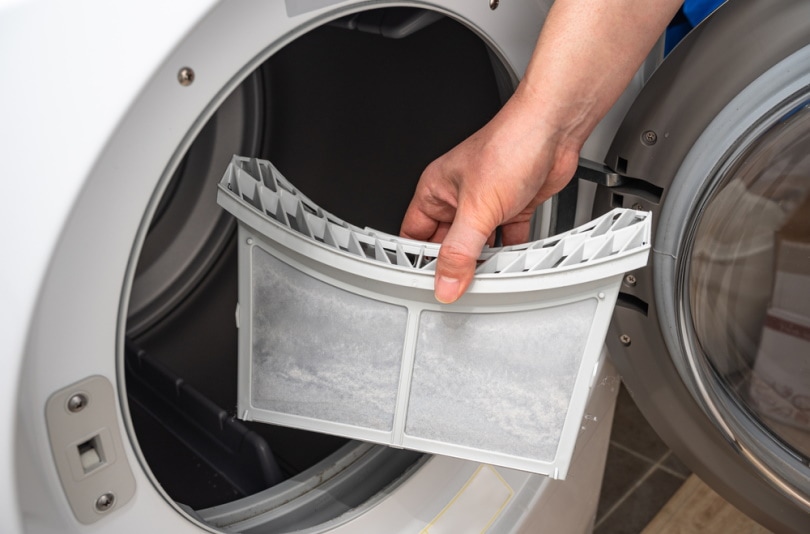
6. Clogged Dryer Vent
Now, we’re getting into more serious issues that aren’t a DIY project. If you have a vented dryer, that’s the next place to look. The easiest way is to fire up your appliance and check the airflow coming out of the vent. If it’s weak or not warm, it might be time to call in a service tech to clean it out. We recommend making it routine maintenance because a clogged vent can cause a fire.
While you’re checking the airflow, also take a look at the exhaust hood. Make sure nothing is getting in the way, which could block any air movement.
7. Faulty Heating Element (Electric)
The heating element is the business end of your dryer. It warms the air so you can dry your laundry. However, it’s like any appliance part. It can go bad, requiring a replacement. If you’re comfortable doing it, you can make sure that’s the problem by using a multimeter to check it for continuity.
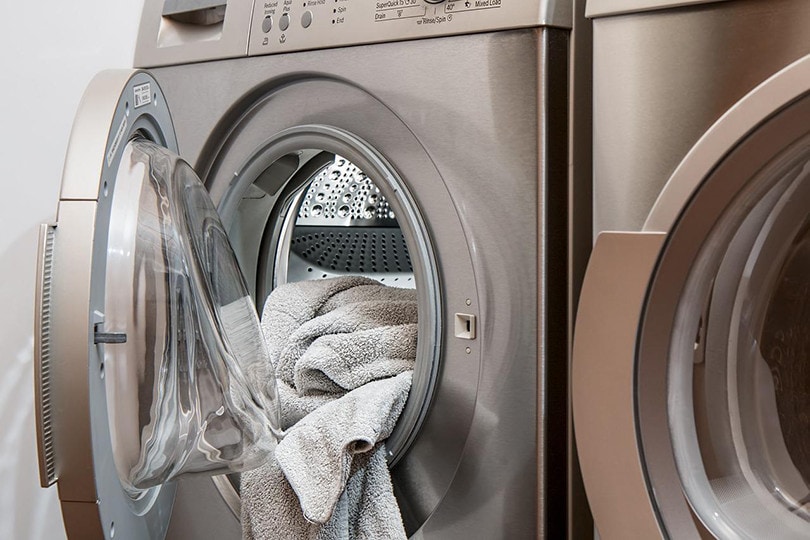
8. Bad Thermostat
You can also eliminate other possible reasons for an issue with your dryer using your handy multimeter. This time, you’ll look at the thermistor and thermostat. If it fails the test, it’s time for a replacement. You can repair yourself and save some money. Just be sure to verify the model number on your dryer to ensure it is compatible with your dryer.
9. Blown Thermal Fuse
Blown fuses happen. Fortunately, it’s also an easy fix if you have the right tools and can get inside the machine. Other signs of a bad fuse are long drying times, incomplete cycles, and failure to start. Again, compatibility is vital. We suggest checking your owner’s manual or contacting the manufacturer to get the correct part.

10. Bad Dryer Flame Sensor (Gas Only)
While electric dryers use a heating element, gas-powered ones have a flame sensor to do the same job. You can check the resistance with a multimeter. Again, failing the test means a replacement is in order. We recommend calling in a professional, especially when dealing with gas appliances.
In Conclusion
In an ideal world, none of your appliances would ever break down, necessitating a repair bill. Luckily, there are several things you can check before making that phone call. Some are easy fixes, which you can do yourself. However, if you’re not comfortable, don’t attempt to do the task yourself. After all, it’s better than breaking something else and making it even more expensive. Doing so may also void your warranty.
Featured Image Credit: Elnur, Shutterstock
Contents
